Te REO MĀORI
Lessons From the Revitalization
of a Sister Language
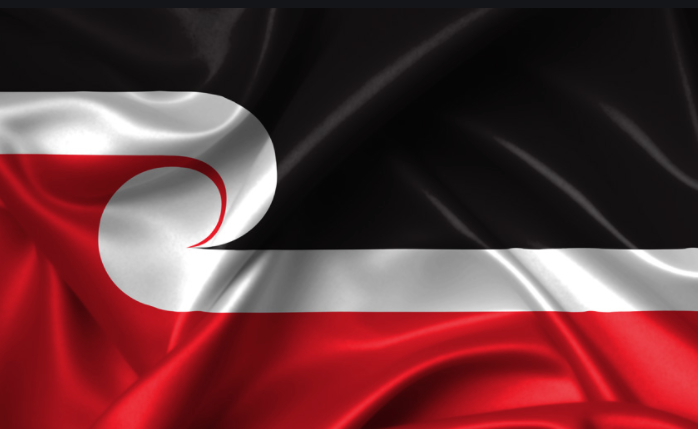
Across the vast expanse of Kanaloa, at the southwest corner of the Polynesian triangle, our Māori cousins in Aotearoa have been working to revitalize their language since the early 1970s, a timeline that parallels our own movement to save ʻōlelo Hawaiʻi.
Nearly 40 years since those beginnings, we can see that our journeys have overlapped in some places and have been extremely different in others. What is constant in both movements is a set of passionate individuals motivated by aloha and the drive to make their ancestors proud and see their descendants thrive.
We wanted you to meet some of these amazing language advocates who are all moving the dial in their own ways. These four represent the full circle of te reo Māori revitalization and each of their stories are deeply inspiring. Let them be wind in your sails as you holo on the great moana that is language learning.
E ʻili laumania nā ʻale o ke kai loa!
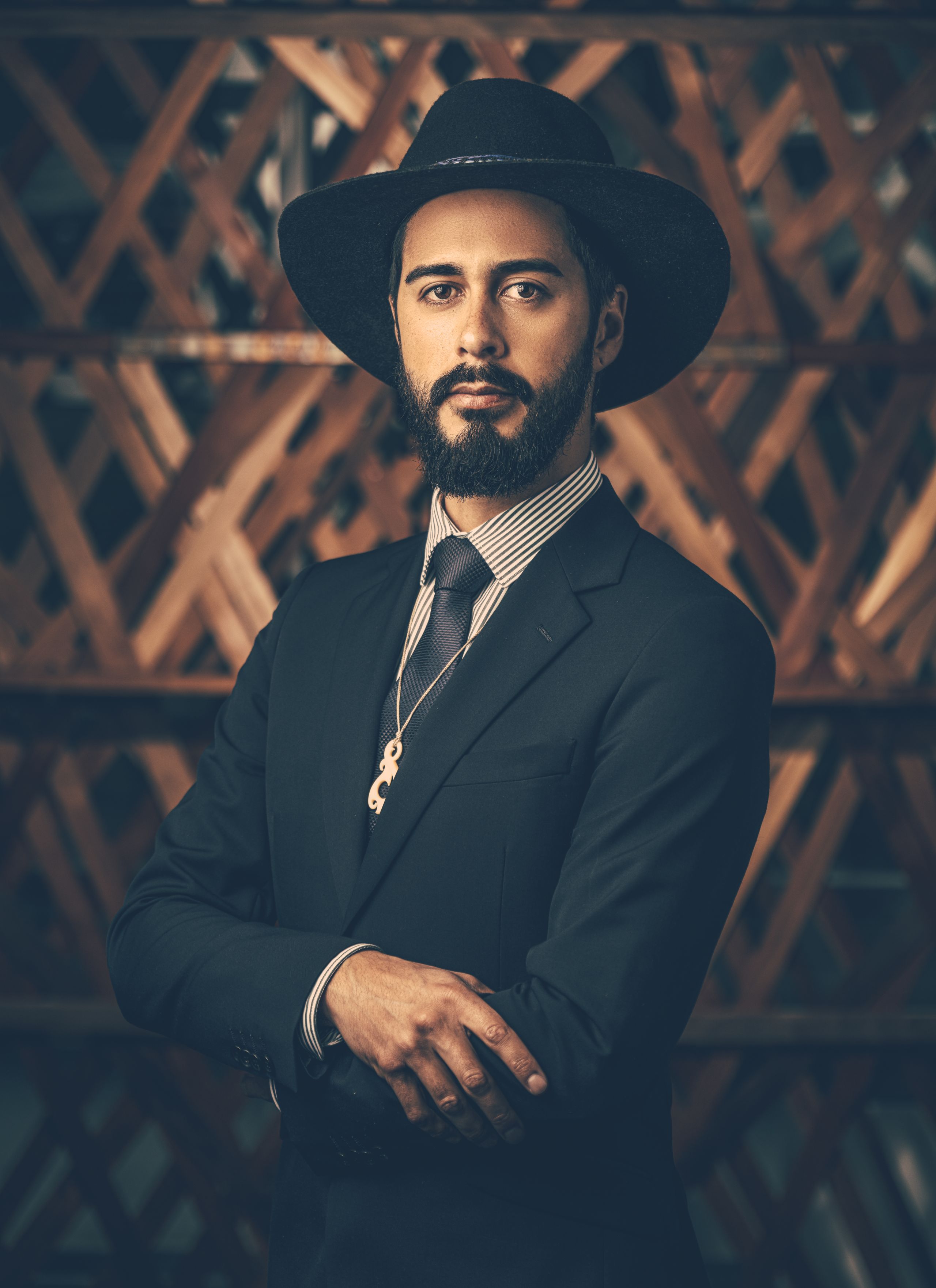
Te Kuru o te Marama Dewes
Te Kuru o te Marama Dewes (Ngāti Porou, Ngāti Rangitihi) was raised in a whānau where Māori language was normalized and his early years were spent in the Kōhanga Reo and Kura Kaupapa Māori movements. Te reo has remained at the center of his life, leading him to get a Master of Arts with First Class Honors in Te Reo. His academic work focused on intergenerational transmission of Te Reo Māori within whānau and has been presented at international Indigenous research conferences. Te Kuru is also a 2019 graduate of Te Panekiretanga o Te Reo, The Institute for Māori Language Excellence.
The oral literature, formulaic narratives and poetic expression of te reo Māori fuel Te Kuru’s passion for music. He’s been immersed in Māori performing arts within a whānau and community setting, and is currently a member of the Ngāti Porou kapa haka Hikurangi. He has done voice acting for a Māori language cartoon and launched his own Māori language web series that focuses on sayings and proverbs.
Te Kuru is currently the Tairāwhiti Regional Reporter for Te Ao Mārama News at Māori Television. Check out his awesome mahi on his Instagram page and his Mātahi Media page on Facebook.

Te Kuru o te Marama Dewes
Te Kuru o te Marama Dewes
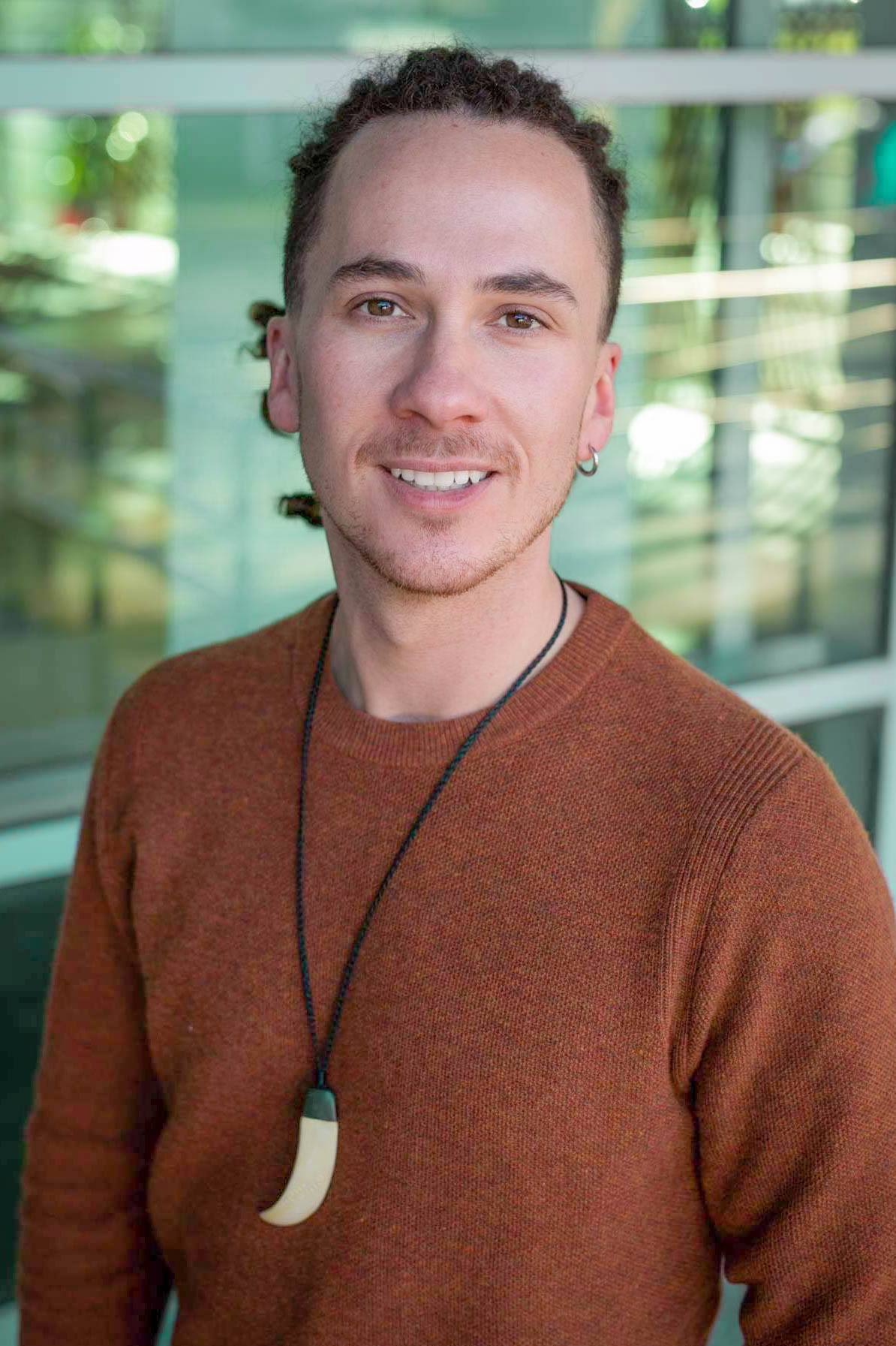
Hēmi Kelly | Photo: Rāwhitiroa Photography
Hēmi Kelly | Photo: Rāwhitiroa Photography

Hēmi Kelly | Photo: Rāwhitiroa Photography
Hēmi Kelly (Ngāti Maniapoto, Ngāti Tahu–Ngāti Whāoa) is a full-time lecturer in te reo Māori at the Auckland University of Technology. His academic research and writing focus on the revitalization of the Māori language and translation studies. Hēmi is a licensed translator and graduate of Te Panekiretanga o Te Reo (The Institute of Excellence in the Māori Language). He is involved in Māori language planning and revitalization initiatives in a number of organizations, including his own iwi.
In 2017, Hēmi translated Witi Ihimaera’s novella Sleeps Standing, and he published his first book A Māori Word a Day in 2018. In 2019, Hēmi published his first creative writing piece in English in Pūrākau, a collection of Māori myths retold by Māori writers and his second book A Māori Phrase a Day in 2020.
Click here to see Hēmi's fabulous puke/pukapuka. Check out the content he produces to get reo into social media spaces like Facebook and Instagram.
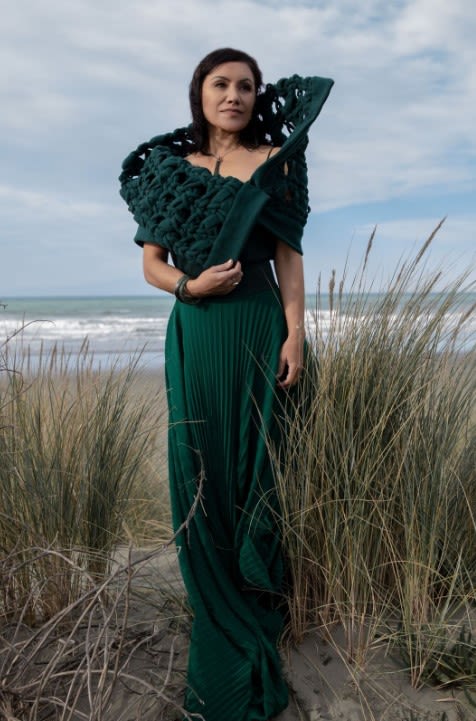
Stacey Morrison
Stacey Morrison (Tūhourangi-Ngāti Wāhiao, Ngāti Irakehu) has shared her passion for championing Te reo Māori as a source of unifying strength for all New Zealanders across her work in media, books and education, as a member of Te Pūtahi-a-Toi at Massey University, and through community approach to engagement and language planning. Stacey is a graduate of Te Panekiretanga o Te Reo, The Institute for Māori Language Excellence. She's also an author of several Māori language books, Māori at home and Māori made fun which she co-wrote with her husband Scotty. Her own children’s book My first words in Māori has also been made into flashcards as another aid for language acquisition. Click here to check out these resources and learn more.
An ambassador for Breast Cancer Foundation NZ and Water Safety New Zealand, Stacey is co chair of the E-tangata trust, the online Māori and Pacific magazine, and sits on the Spark Foundation, as well as chairing the school board of one of her three children, who have been raised with Te reo Māori as their mother tongue.

Stacey Morrison
Stacey Morrison
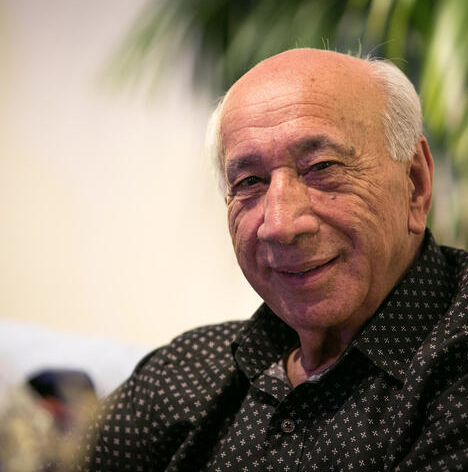
Tā Tīmoti Kāretu | Photo: Rāwhitiroa Photography
Tā Tīmoti Kāretu | Photo: Rāwhitiroa Photography

Tā Tīmoti Kāretu | Photo: Rāwhitiroa Photography
Sir Tīmoti Kāretu (Ngai Tūhoe and Ngāti Kahungunu) is one of the fathers of Māori language revitalization. He hails from Waikaremoana, where he was raised by his native-speaking grandparents who imparted their traditional knowledge to him, especially in the areas of Māori oratory (whaikōrero) and performance art (kapa haka).
He was the Information Officer for the New Zealand High Commission in London before returning home to head the department of Māori at the university of Waikato. He was the first Māori Language Commissioner, served as the head of the Kōhanga Reo National Trust for several years, and has taught Māori language in every imaginable setting.
His most enduring legacy, however, may turn out to be the students of Te Panekiritanga o te Reo Māori, the Institute of Excellence in Māori Language, which he founded with his two colleagues and friends, Pou Temara, and the late James Wharehuia Milroy. The institute's principal aims were to bring students to a high level of fluency in both language and tikanga, so that they could return to their own communities as resource people and lifelong language advocates. This fifteen year project came to a close in 2019, but its reverberations will be felt for generations to come.
Tīmoti is lively, energetic, and prolific, constantly involved in cutting edge te reo Māori endeavors, such as the Waiata Anthems project that he and Hinewehi Mohi worked on together in 2019 and his latest book, Mātāmua Ko Te Kupu!
It was a privilege and a pleasure to sit in conversation with this hulu kupuna whose lifetime of revitalization efforts is bearing fruit everywhere we look. Me ʻoe nō ke aloha pau ʻole, e Tā, me ka mahalo mānuʻunuʻu i kou lokomaikaʻi ʻana mai i nā keiki ʻōlelo ʻōiwi o ke ao.
